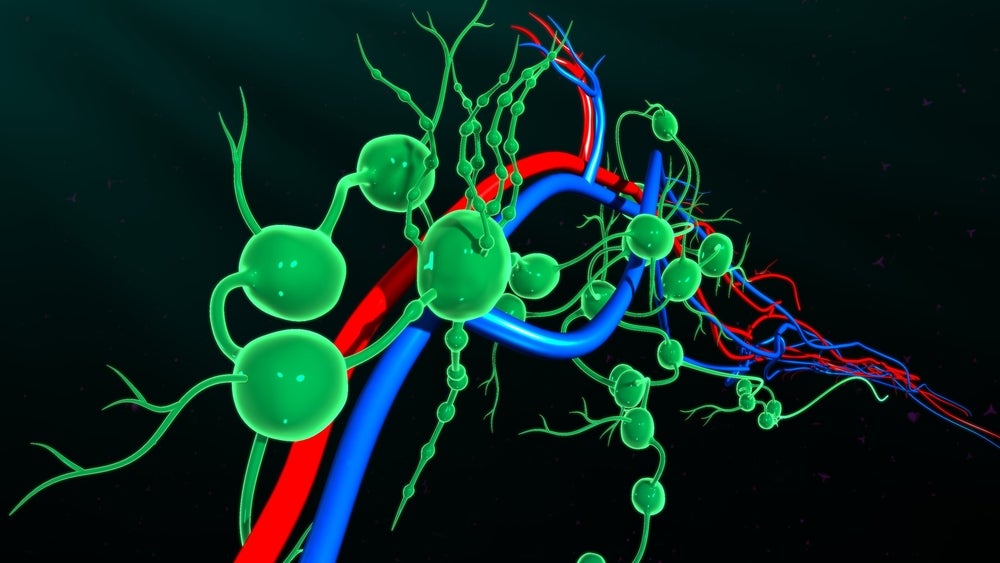
The speed at which the pharma industry has responded to the Covid-19 pandemic has been frankly incredible. According to a New York Times tracker, there are currently eight vaccines in Phase III development – these are from Moderna, BioNTech and Pfizer, CanSinoBio, AstraZeneca and the University of Oxford, the Wuhan Institute of Biological Products, Sinopharm, Sinovac and, finally, the Murdoch Children’s Research Institute. In addition, two vaccines have been approved in Russia and China for limited use.
However, there are concerns about the efficacy of these speedily developed vaccines, particularly in conferring necessary long-term T cell immunity against Covid-19 and the virus that causes it, SARS-CoV-2. This is why there are numerous companies working on so-called next-generation vaccine approaches that could resolve these immunity challenges.
How well do you really know your competitors?
Access the most comprehensive Company Profiles on the market, powered by GlobalData. Save hours of research. Gain competitive edge.

Thank you!
Your download email will arrive shortly
Not ready to buy yet? Download a free sample
We are confident about the unique quality of our Company Profiles. However, we want you to make the most beneficial decision for your business, so we offer a free sample that you can download by submitting the below form
By GlobalDataOne such company is Massachusetts-based Elicio Therapeutics. The company is leveraging its Amphiphile platform, which it developed originally to treat cancer with potent lymph node-targeted immunotherapies.
Elicio’s next-generation Covid-19 vaccine candidate, ELI-005, is a protein subunit vaccine that targets the lymph nodes. ELI-005 has two components – an Amphiphile adjuvant called ELI-004 and a Covid-19 spike protein receptor binding domain (RBD) – and has recently completed a pre-clinical trial in mice. Results from the pre-clinical study of ELI-005 in mice were published in BioRxiv and they have been submitted for peer review.
ELI-005’s dual approach and the lymph node
ELI-005 uses a protein-based vaccination approach – similar to pneumonia and human papillomavirus vaccines – and it relies on a special adjuvant developed using the company’s Amphiphile platform called ELI-004. “Adjuvants are really key superchargers of the immune system and they only work inside the lymph nodes,” explains Elicio executive vice-president and head of research and development Christopher Haqq.
Elicio’s adjuvant ELI-004 for this vaccine has efficient lymph node targeting because it “is able to hitchhike and piggyback on a common protein called albumin. It rides that wave of albumin in lymph channels until it reaches the lymph node,” says Haqq.
Haqq notes that when the adjuvant reaches the lymph node, it turns on “the antigen presenting cells [known as dendritic cells] to create an immune response”. These dendritic cells are good at both presenting the antigen and at engaging with immune cells – both T and B cells – to coordinate the response to the pathogen.
So dendritic cells know to target the immune cells against SARS-CoV-2 specifically, Elicio has used the virus’s spike protein RBD. Haqq states: “We chose the spike RBD because other groups had already shown that it’s a great target for T cell responses, as well as antibody response, and we wanted to be able to have the best of both worlds: killer T cells as well as antibodies.”
Pre-clinical results for Elicio’s Covid-19 vaccine
Talking about the results of the pre-clinical study, Haqq explains: “We see the highest magnitude of T cell protection from these mouse experiments than we’ve seen with any other approach. In the experiments, we got 25-fold higher numbers of T cells in the peripheral blood” than benchmark vaccines.
ELI-005 also elicited a high number of T cells compared to the benchmarks in the lung, where SARS-CoV-2 enters the body. Haqq notes: “The T cells went both into the overall tissue of the lung – the parenchyma – as well as the secretions of the lung, the bronchoalveolar lavage fluid.”
Haqq notes that the benchmark vaccines are two different adjuvants – an aluminium salt called alum that is used in multiple vaccine approaches for Covid-19 and other infectious diseases, as well as a soluble version of the “same adjuvant that use in the Amphiphile format”, CPG. “Of course, they’re not exactly the same as other candidates for Covid-19, but they’re sort of generic versions of the approaches that are commonly used in the whole field of vaccination.”
Further to this, Haqq notes that studies have shown that optimal SARS-CoV-2 vaccines must produce a particular type of T cell response: the T helper type 1 (Th1) response. The MERS and SARS outbreaks revealed how important the Th1 response is and the danger that different T cells responses have on inflammation in the lungs of patients, Haqq explains. “We were careful to look also to see that the vaccine can make a Th1 response [and] were really happy to see this was the case for our vaccine.”
Taking advantage of pre-existing T cell responses
In its decision to adapt its immunotherapy approach to Covid-19, Elicio also thought it had something to offer because studies, such as one by Jose Mateus published in the journal Science in early August, had shown that “people that were never exposed to Covid-19 may have T cells that can cross-recognise SARS-CoV-2 because of cross-reactivity from other common cold coronaviruses”, Haqq explains.
“Our [vaccine] has this really unique high magnitude T cell response that suggests that it might be able to activate those pre-existing T cells that can cross-recognise Covid-19,” notes Haqq. This might able to provide people with both immediate protection and a long-term response.
Haqq also notes this cross-reactivity with common cold viruses creating a potentially “pre-formed” T cell response against Covid-19 may mean that “there is some level of protection after the first dose” of ELI-005.
However, Haqq explains that the plan would be to give two doses to humans, as Elicio has done in the pre-clinical study in mice. This is because the second dose means the immune response switches from making Immunoglobulin M (IgM) antibodies to making Immunoglobulin G (IgG) antibodies. “IgMs are great, but often the IgGs have a stronger binding constant and so might provide an even better response,” Haqq says.
Elicio is very much on track to advance to clinical trials of ELI-005 following discussions with regulators. The company is also already thinking ahead about its manufacturing of the product. Although Elicio already has its adjuvant ready in a good manufacturing practice format, it needs to figure out how to produce the spike protein RBD portion of the vaccine.
Looking forward from manufacturing to distribution, Haqq explains that another benefit of Elicio’s protein-based vaccine is that “our Amphiphile molecule is quite stable, so we anticipate we might be able to ship this at room temperature”. This compares favourably to the DNA and RNA approaches being developed by other companies – including Moderna and Inovio – which “might be less stable” and need to be shipped cold, creating huge challenges for rural health settings in developing countries.




